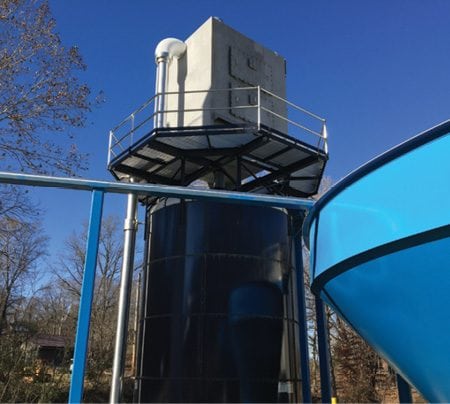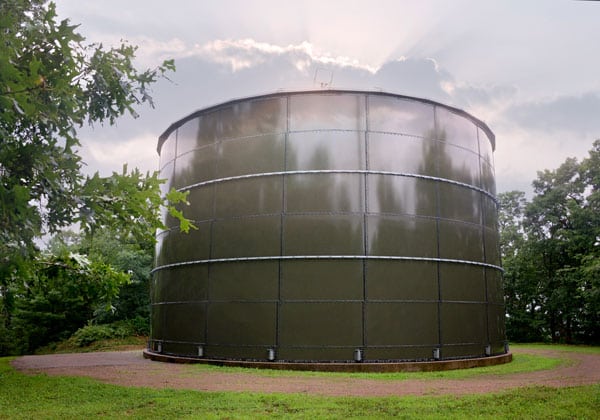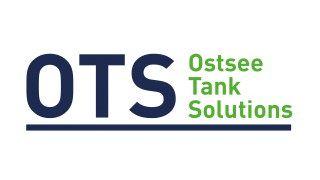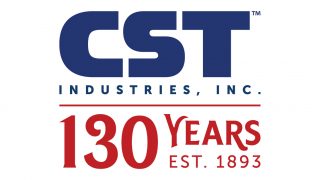
Economic Impact Study:
Research and Dairy Producers Look at Tower Silos for Savings
Whether you’re a milk producer in Michigan, Manitoba or Minnesota, you have the same battle controlling feed costs and labor requirements. It doesn’t matter what the price of milk is coming in the door, as these two overhead costs are independent of what you’re making.
These two expense items are the ones that keep on taking!
There have been numerous research studies based on storage losses, packing densities, fermentation processes impacting digestibility and impact of feeding moldy forages to milking cattle all conducted by institutions, such as University of Wisconsin, Dr. Ruppel and H.J. Larson; Kansas State University, Keith Bolsen; USDA Forage Institute with Dr. G.A. Broderick; University of Minnesota, Dr. Marx and many more.
Several changes in the robotics and unloader technology have occurred that have greatly improved delivery and dependability from tower silos. A tower silo of any make can lend itself to the world of robotics and labor savings. An oxygen limiting silo is more; it’s a processing unit. This processing unit performs best when forage is stored at the optimum moisture range for a given crop. This results in a mild acid formation that maximizes intake and minimizes undesirable acid and mold formations.
We’re going to look at the oxygen limiting tower for this economic impact study.
These improvements can now give you precision rations, stage your feed for delivery to the herd while you sleep, or even deliver it with minimal drive units for herds of 60 to 1,000 heads.
What can this mean to you, the producer? With herd size averages in many states and provinces of Canada at, or slightly under 100 cows, let’s look at this in 100 cow units with our cowboy calculator. By using this technique, let’s say you have a 70 cow herd, you can multiply these results by .7% or if you have a 250 cow herd, you can times it by 2.5 to get a snapshot of the impact on your herd.
Dr. Ruppel has developed a table on bunker density versus packing rates. In many of today’s operations, the silage is delivered too quickly and packed in thick layers that prevent densities from reaching optimum level. Average storage loss is 18% in a bunker silo that is considered to be reasonably well managed.
An oxygen limiting Harvestore® silo has a storage loss of 3.8% as determined by Dr. Marx at the University of Minnesota, Crookston Station. These towers can now be filled at over 1 1/2 ton DM per minute.
On a 100 cow dairy that requires 550 tons of forage DM for 365 days and an additional 275 tons for the replacements that equates to needing 860 DM tons for a tower versus 1,006 tons for a bunker. 146 tons difference at $150.00 per ton gives you $21,900.00 annually or $60.00 per day cost reduction.
A $100,000.00 loan requires $46.46 per day to retire it in 7 years at 5% interest. Reducing this storage loss can offset $129,143.00 of added investment on your farm. Along with storage losses you battle palatability and intake.
Dr. Marx at the University of Minnesota, Dr. G.A. Broderick from the U.S. Forage Research Centre, H.J. Larson from the University of Wisconsin and several other dairy specialists has found optimum intake is achieved with haylage when harvested at 40% to 50% moisture. Anything wetter than 55% moisture is a silage with a different fermentation cycle.
Increasing good to high quality, homegrown feed intake automatically leads to a reduction in purchased feed requirements in the form of protein and energy. With corn at .07 cents per lb. and soy at .16 cents per lb., it’s not hard to spend .23 cents per day per cow.
That’s $23.00 on 100 cows or the ability to handle $49,500.00 worth of investment in 7 years.
The US Dairy Forage Research Centre with Dr. G.A. Broderick has done research on the impact of medium moisture feed on milk and fat production. Their findings were significant in the fact that milk flow increased by 5 lbs. per day.
The cowboy calculator cuts that in half and still comes up with $35.00 per day at $14.00 milk. Now we can use that to offset a further $75,300.00 investment in a different approach to storing feed.
Dr. Bolsen has researched the impact of feeding feed containing clostridial bacteria, as well as other problematic molds that arise from rain events during filling of a bunker and/or poor fermentation processes due to contamination of feed before going into storage. These situations are controlled with the absence of oxygen. Here again we can add stuff to counteract the ill effects of these conditions, but at what cost. Buffers and anti-toxins add up and can result in spending .18 to .65 cents per day per cow. Tower silos are susceptible to these conditions as well, but with a lot less likely hood of hitting the level they can in a bunker due to the oxygen limiting feature in a Harvestore tower.
Contamination of feed stocks with birds, wildlife and rodents happens all too often. Hoards dairymen had an article about a California dairy losing 600 cows because of contaminated feed. That’s extreme, but how many bunkers are home to little furry guys that not only contaminate portions of feed, but aerate it as well.
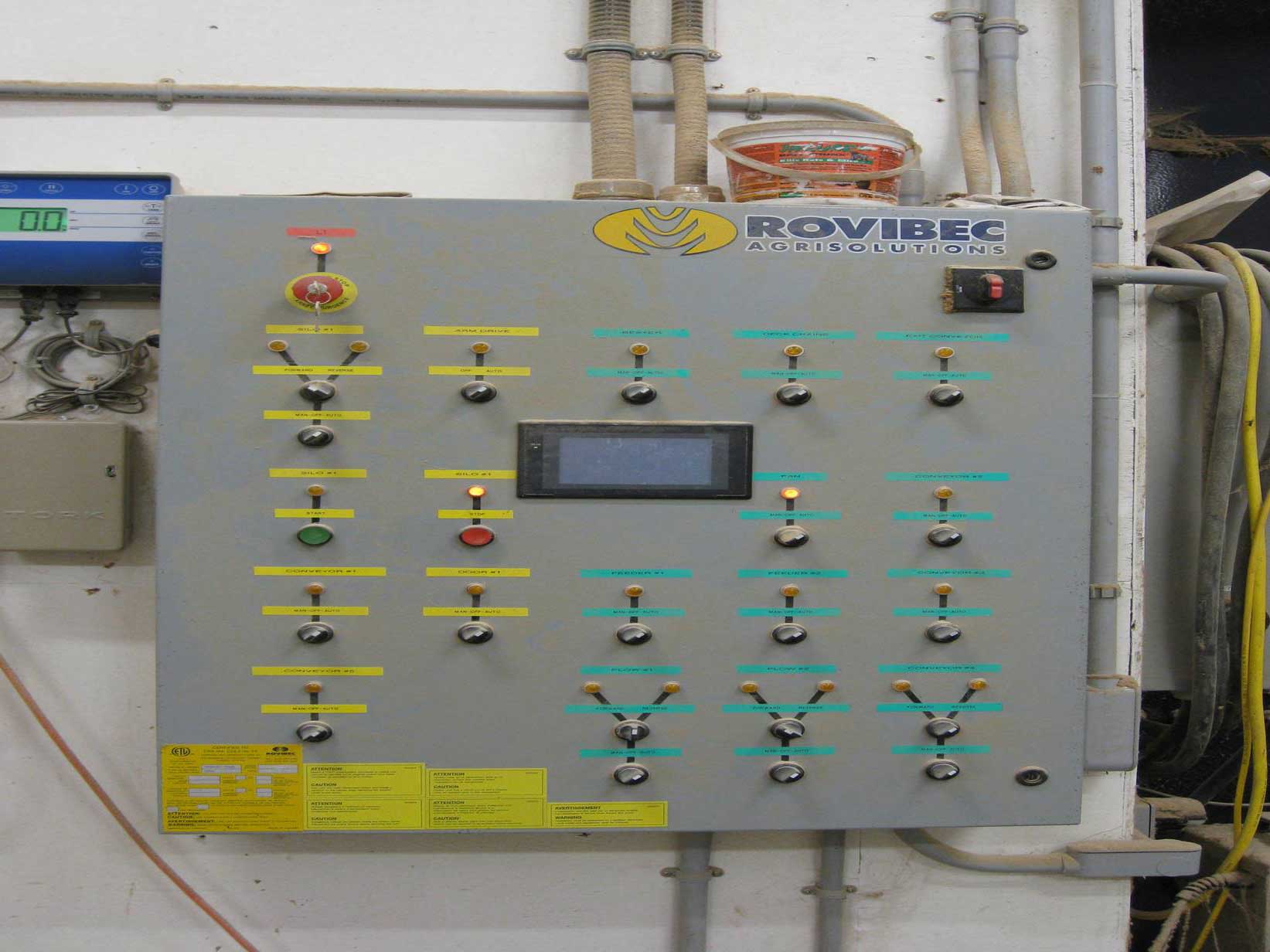
How many times do you look at your bunker and see a huge flock of birds at or on top of it? This is the case for far too many dairies with little a producer can do about it.
What about handling costs?
Producers that have invested in new Harvestore’s, Unloaders, and different levels of robotics tell us about their experiences here. That’s right, New Harvestore Silos and Unloaders!
Michigan dairy farms between 500 and 700 cows like the delivery of the XL Unloader, as it consistently delivers 125 lbs. to 150 lbs. of dry matter per minute. Delivery is now predictable!
Brent Oswald from Steinbach Manitoba likes his new 25 x 106 Harvestore and XL Unloader with his robotic staging and delivery system. His “smart panel” opens the unloader every day and meters out an exact amount of forage and then the system delivers it to his herd 10 times per day. Brent spends 10 minutes per day feeding his 125 cows as the grain rations are also delivered and controlled by robotics.
“When I close the top lid on my Harvestore in September, I’m done chasing feed and burning diesel for the next 8 months until 1st cut is ready to harvest. I have more time with my young family and management of the business side that farming requires today.”
Doanne’s Ag Report had equipment costs published in 1994. That report gave us equipment costs to use for determining the hourly costs. Using those costs as a starting basis with adjustments for today’s fuel, labor and equipment run time costs as per the Manitoba Farm Equipment Rental Guide we get the following schedule:
| Run time cost / hr. | Maintenance | Fuel @ 2.25/gal. | |
| Loader | $42.00 | $6.50 | $10.00 |
| Mixer tractor | $28.00 | $6.50 | $10.00 |
| Mixer | $14.00 | ||
| Labor | $18.00 | ||
| TOTAL | $104.00 | $13.00 | $20.00 |
Reducing machine use by 1/2 to 1 hour per day frees up $52.00 to $104.00 per day in operation costs that can service $111,900.00 up to $223,800.00 of investment in 7 years. The daily fuel and maintenance costs equal the unloader maintenance and replacement cost at $34.00 per day.
What would you do with 30 extra hours each month to manage with instead of move material?
Now with $135.00 up to $187.00 per day in reduced costs and improved income you can handle investing between $290,570.00 and $402,450.00 in new technology. In 7 years, that daily saving is yours to keep. Operation costs would continue to take it from you.
Remember, we haven’t talked about covering the bunker, feed bunk refusal, precision feeding impact, multiple feeding impact and other “incidentals”.
New tower silos with the redesigned Unloaders can lend themselves to the world of robotics. A system can cut operational costs and increase productivity, as well as save you time and change your lifestyle giving you flexibility with your schedule. No matter your herd size you manufacture milk. Every manufacturer continues to employ robotics to make their products. It can work for you too!
This cowboy believes your time has come with this technology to do the same and change your lifestyle, cut your costs and really change your game.
Precision, low cost milk production can be in your future!
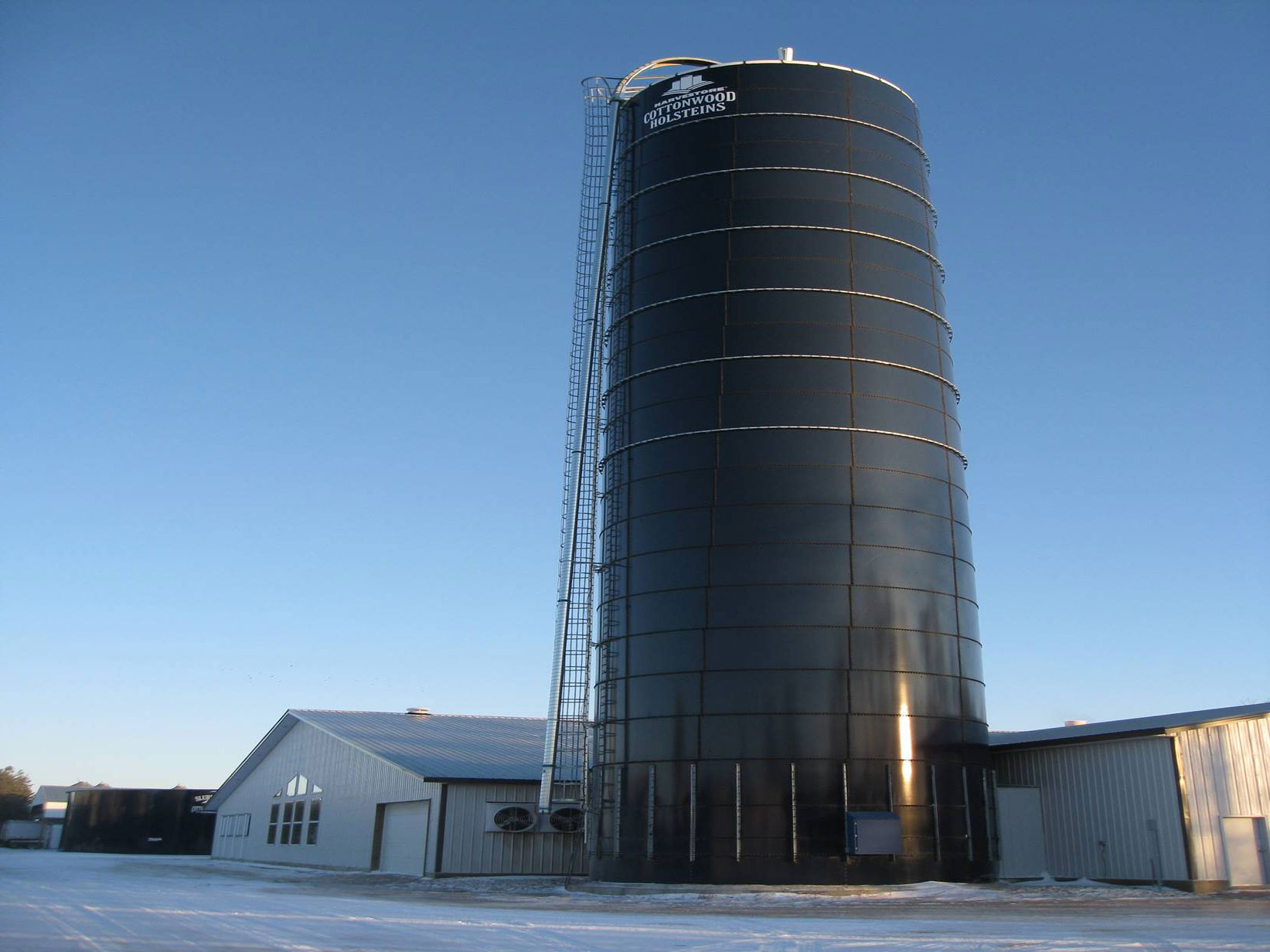
Featured Projects
-
Dry Bulk & Liquid Storage Tanks
-
Architectural Covers
-
Aluminum Domes, Reservoir & Flat Covers
-
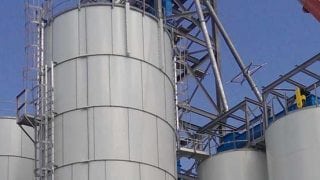
Grain Tanks Help Whiskey Flow at Jack Daniels
In a world that moves too fast, it’s nice to know some people don’t believe in shortcuts. That’s the spirit behind Jack Daniel’s, America’s oldest registered distillery. Founded in 1866, Jack Daniel’s is an iconic brand that’s synonymous with whiskey. From its modest beginnings, it has grown into a global brand that is available in […]
-

CST’s Solution for the Francis A. Gregory Library – Aluminum over Steel
Situated in Fort Davis Park where a Civil War fort once stood, this iconic 25,500-square-foot structure is an elegant yet accessible gathering place for local residents – a re-imagining of what a library can be. The new Francis Gregory Library is stunning, beguiling, welcoming, and complements its leafy surroundings.
-
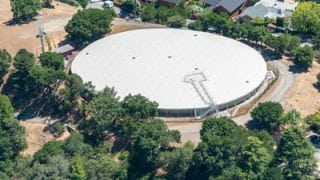
An Innovative Cover Solution Extends Reservoir Life
Styles come and go, and sometimes reappear. Take hats, for example. What’s fashionable in the 60s went out in the 70s but may come back a few decades later. However, when it comes to municipal water facilities, yesterday’s model is gone for good, replaced by a more contemporary, sustainable design.
-
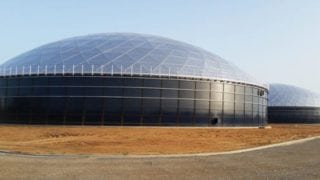
Point Lisas, Trinidad Receives 2 State-Of-The-Art Glass-Fused-To-Steel Water Storage Tanks as Part of Nation’s First Water Recycling Project for Water Provision
Read Latest Case Study Here – Point Lisas, Trinidad Receives Two State-Of-The-Art Glass-Fused-To-Steel Water Storage Tanks
-

Above the Big Top: CST and Bell County, Texas Put on a Blockbuster of a Show
Even when the lead actor gets sick, the show must go on. Not only is that true in show business, but it’s also true with big entertainment venues. Keeping the lights on and the seats filled during an extended period of repairs is a testament to collaboration and intelligent design, and that’s the spirit behind […]
-
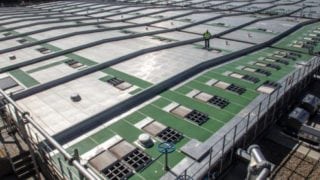
Odor Under Cover: A Solution for the Largest Wastewater Treatment Plant in Europe
Beckton Sewage Treatment Works is one of five wastewater treatment plants in the Thames Water network in the United Kingdom and the largest treatment plant in Europe. Headquartered in the London borough of Newham, it serves 3.7 million people, mainly in north and east London. As part of a $309 million upgrade to the Beckton […]
-
Innovative Storage Solutions
Dry Bulk Unloading Systems
-
Industry Leading Covers Solutions
-
Markets Served




